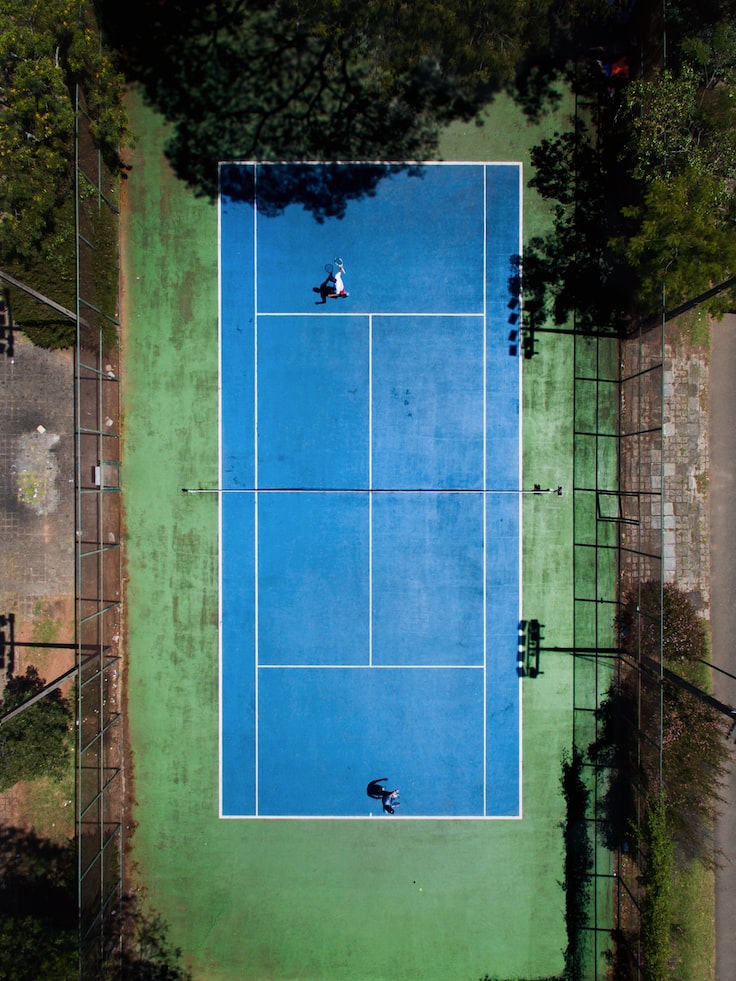The Science of Padel: Understanding the Physics Behind the Game
3 min read
The Science of Padel: Understanding the Physics Behind the Game
Padel is an exhilarating sport that is becoming increasingly popular worldwide. It is a perfect blend of tennis and squash. As a relatively new sport, the science of padel is yet to be fully understood. However, there are certain physical principles behind the game that play a significant role in the performance of players. In this article, we will explore the physics of padel and how you can use these principles to improve your game.
Understanding the Court Dimensions
To begin understanding the physics of padel, it is important to explore the dimensions of the court. The game is played on a court that is 10 meters wide and 20 meters long. The walls of the court are 3 meters high. The size of the court is relatively small as compared to the dimensions of a tennis court which is 78 feet long and 27 feet wide. As a result, the ball moves faster in padel than in tennis.
The Importance of String Tension
The strings on your padel racket play a crucial role in the game. A racket with high string tension will have a greater bounce and control than a racket with low string tension. It is important to note that string tension is a personal preference and may vary from player to player. If you are a beginner learning padel, it is advisable to start with a lower string tension until you become more advanced.
Speed and Spin
The speed and spin of the ball are crucial to the game of padel. Players use topspin and backspin to control the direction and trajectory of the ball. The spin on the ball creates resistance which affects the speed and direction of the ball after it hits the ground. The spin also affects the bounce of the ball off the walls of the court.
Angle of Incidence
When the ball hits the racket, it creates an angle of incidence. This angle determines the direction of the ball after it leaves the racket. The angle of incidence must be adjusted depending on the speed and spin of the ball. A slight adjustment in the angle can make a significant difference in the trajectory of the ball.
The Importance of Footwork
In addition to the physics behind the racket and the ball, footwork also plays a significant role in the game of padel. Good footwork is essential to move quickly and reach the ball before it bounces twice. The faster you can get to the ball, the more control you have over it, and the better your chances are of winning the point.
In Conclusion
Understanding the physics of padel is essential for learning padel effectively. From the court dimensions to the strings on your racket, to the spin on the ball, every aspect plays a critical role in the game. By understanding and applying these principles, you can improve your game and become a formidable competitor on the court. Remember, the more you practice, the better you’ll get!






